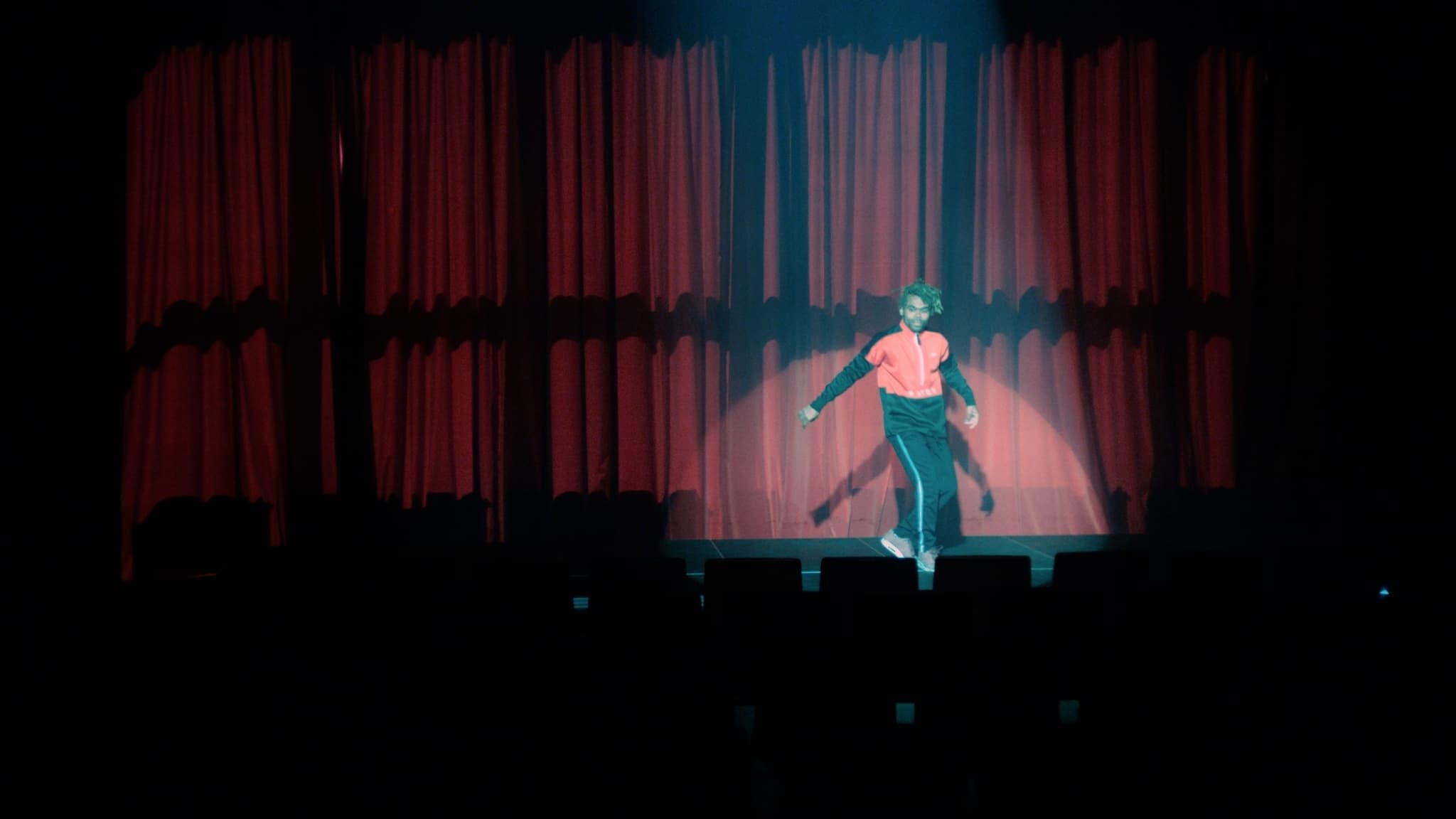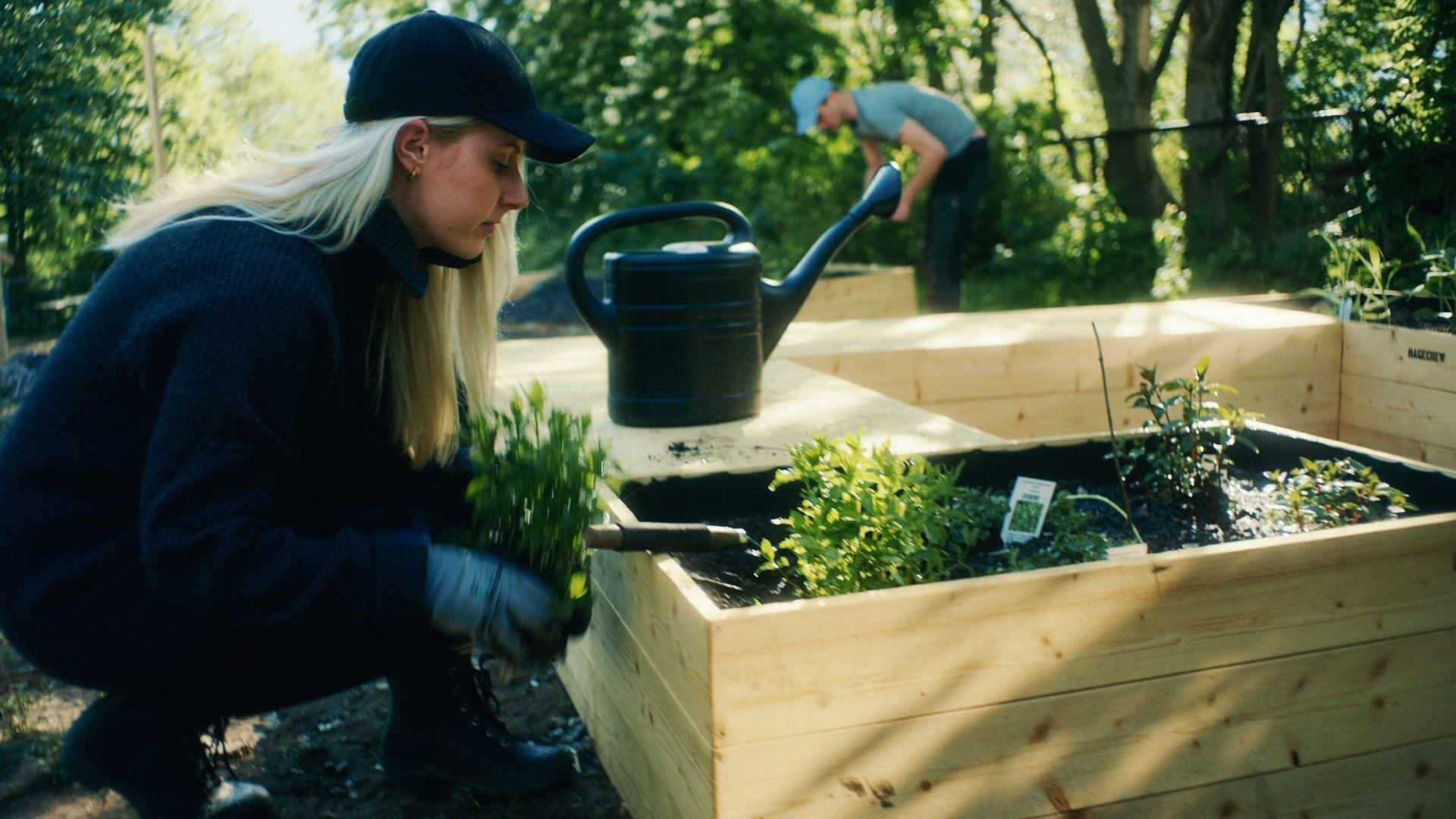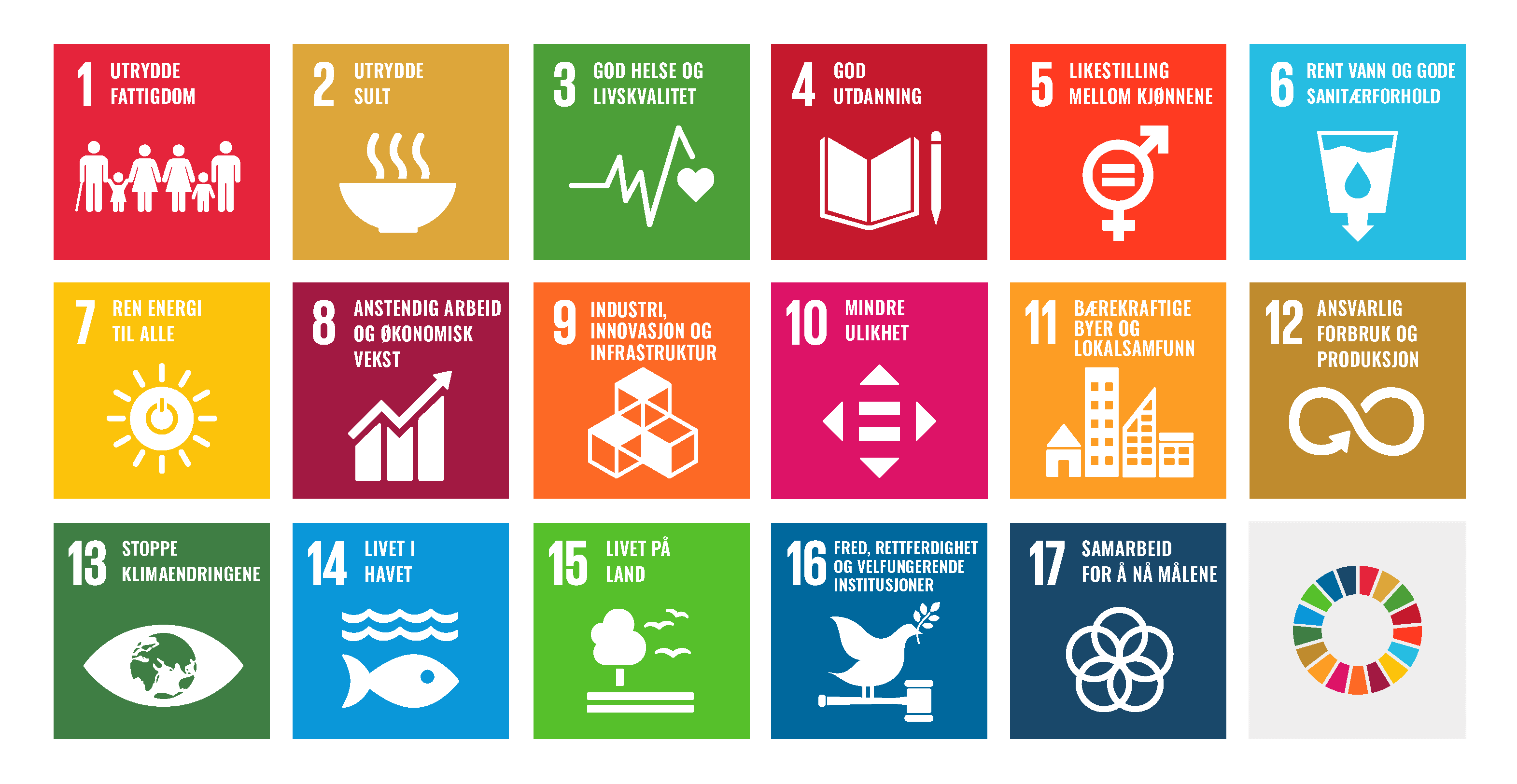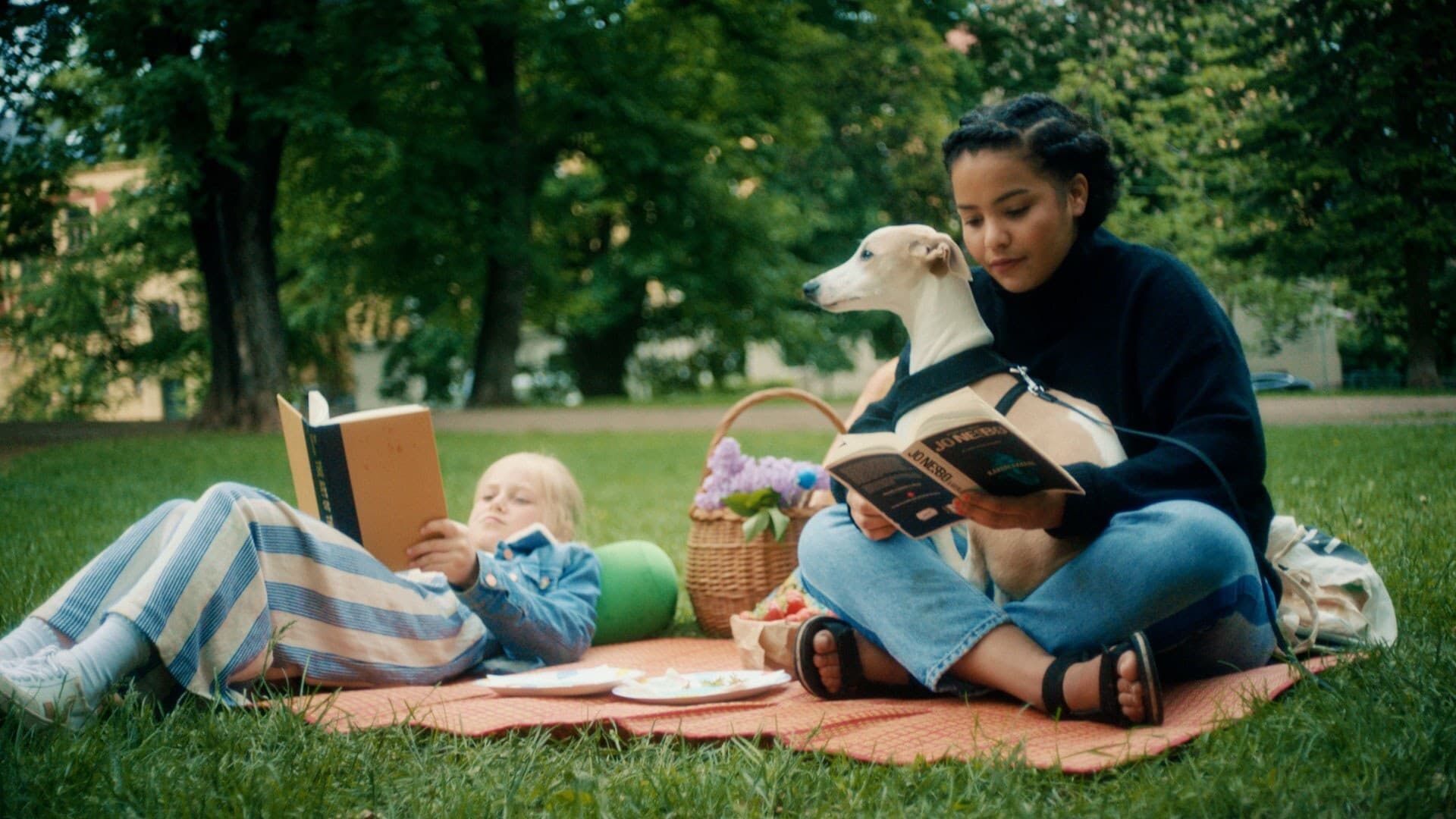Good planning includes setting objectives for physical, environmental, social, and cultural development. We all depend on art and culture for our own self-creation and self-development. We’re seeing that good urban development and a lot of new business growth are taking place within an expanded and expanding cultural area.
Drawing the cultural perspective into the development of places and cities is about creating dynamic societies. While this provides economic and measurable values, more important to us are the human and societal gains.
Drawing the cultural perspective into urban planning gives us new perspectives and ways of working. The cultural perspective stimulates new ways for developers, the public sector, and residents to work together.
We believe that a cultural perspective gives us the following strengths:
- Strategic – creating integrated and sustainable solutions related to urban planning, architecture, culture, the environment, health, and the like. Joint strategies and sustainable solutions are the objectives here, using art and culture to overcome challenges in areas of society beyond their own spheres. These areas include wellbeing, quality of life, lifelong learning, own activity, social cohesion, and experiences.
- Integration – we’re not planning Økern so that it has housing in one area, businesses in another, and activity and experiences in a third area. We want to link everything together cohesively so that art and culture play an active role in making Økern a dynamic and attractive place for its residents, visitors, businesses, retailers, cultural enterprises, and educational institutions.
- Diversity – a dynamic and exciting place for everyone. Keywords: recreation, art, culture, leisure activities, exciting architecture and urban dressing, alternative design of living environments, café culture, art and designer shops, preservation of historical traces, etc.
Location development
Architecture provides a physical framework that we want to be functional, attractive, and inviting. But this alone is not what will establish the life and character of Økern. People and how they live outside their homes are just as important to what makes an urban area attractive. We want to enhance social life and facilitate a variety of experiences, promote and disseminate local historical identity bearers, and create arenas for activity and participation. This, as well as inviting urban dressing in public spaces, will make Økern distinctive and attractive. Culture will become a driving force in urban development.

Culture – sustainable development
We will develop a sustainable urban community in Økern. The term “sustainable development” is defined in the UN report Our Common Future (1987) as societal development that meets the needs of today without destroying the opportunities of future generations. Culture is the fourth pillar of sustainable development, in addition to social, economic, and environmental sustainable development. The four are intertwined, have mutual influence, and must cohere if societal development is to be sustainable in the long term. Accordingly, culture is pivotal in sustainable development.
The younger generation that is currently growing up will live and work in a world where sustainable development is increasingly on the agenda. A prerequisite for overcoming future challenges is participating in and mastering issues at a local level right here and now, as well as ensuring that we have the right resources for taking action.

In order to achieve greater sustainability, we need a visible culture around us that serves us in a variety of ways. This requires a clear cultural vision and effective objectives for its work, whereby residents, the business community, and the public sector will – with the help of art and culture – support Økern’s development as a sustainable local community.
We will work to improve the opportunities for those living in Økern to live meaningful lives, have influence, and enjoy cohesion and identity through art and culture. This requires us to use art and culture as a means to support our residents’ development and creativity.
Which sustainability targets?

OTHER INTERNATIONAL GUIDES
UN Convention, 1966
Article 15 of the convention enshrines everyone’s economic, social, and cultural rights to participate in cultural life. The same applies in Norwegian law.
UN Declaration of Human Rights, 1968
Everyone has the right to participate freely in the cultural life of society, to enjoy art, and to share in scientific progress and its benefits.
UN Convention on the Rights of the Child, 1989
The convention formulates children’s rights. Culture is one area that children must have access to.
- The parties recognise the right of children to rest and recreation, and to participate in play and leisure activities suited to their age, as well as to freely participate in cultural life and artistic activities.
- The parties shall respect and promote the rights of children to fully participate in cultural and artistic life and shall encourage access to appropriate and equal opportunities for cultural, artistic, recreational, and leisure activities.
- The rights contained in the convention apply to all children without discrimination and without regard to the race, colour, gender, language, religion, background, property, disability or beliefs of the child or their parents. No one shall be discriminated against.
The Faro Convention
The Faro Convention is the Council of Europe’s framework convention on the value of cultural heritage for society. The convention entered into force on 1 June 2011 and has been ratified by 16 countries, including Norway. It emphasises the value and potential of cultural heritage when used wisely as a resource for sustainable development and quality of life in an ever-evolving society.
For the purposes of the convention, the parties agree to:
- recognise that rights related to cultural heritage are an inherent part of the right to participate in cultural life, as enshrined in the Universal Declaration of Human Rights;
- recognise an individual and collective responsibility for cultural heritage; and
- emphasise that the protection of cultural heritage and its sustainable use aim to support human development and enhance quality of life.

